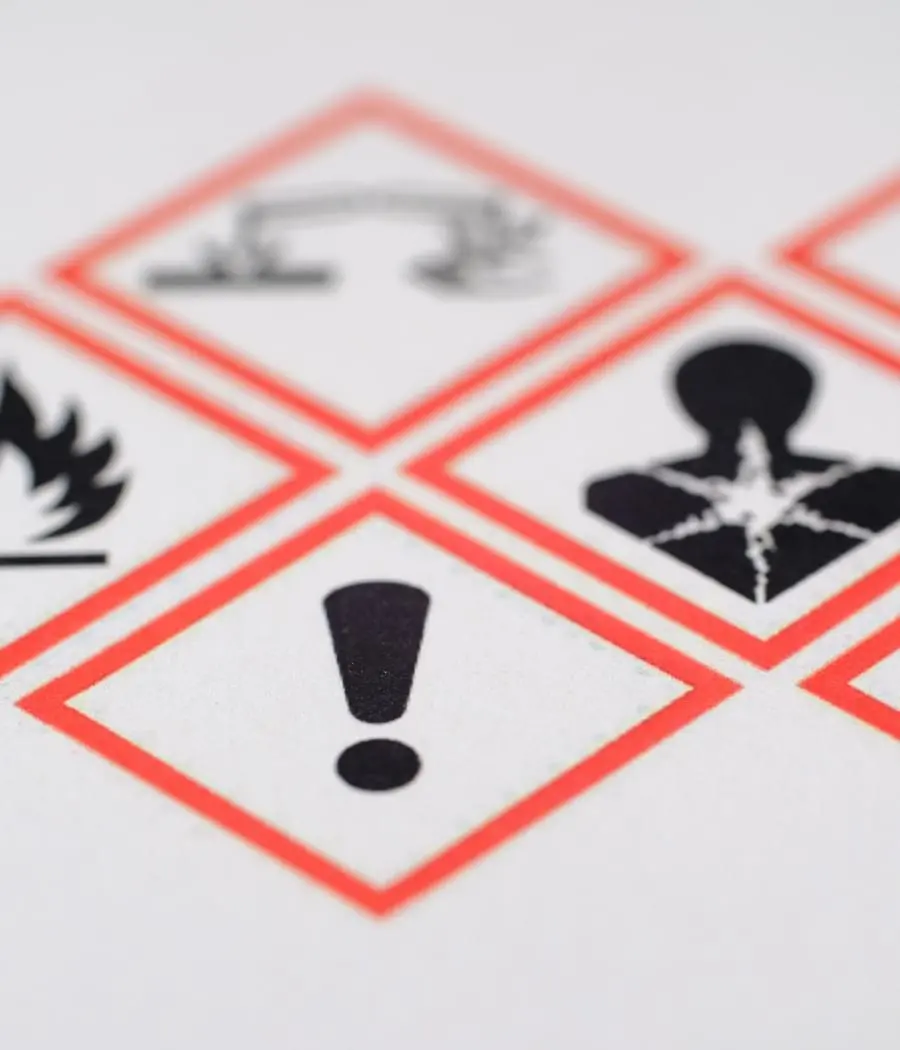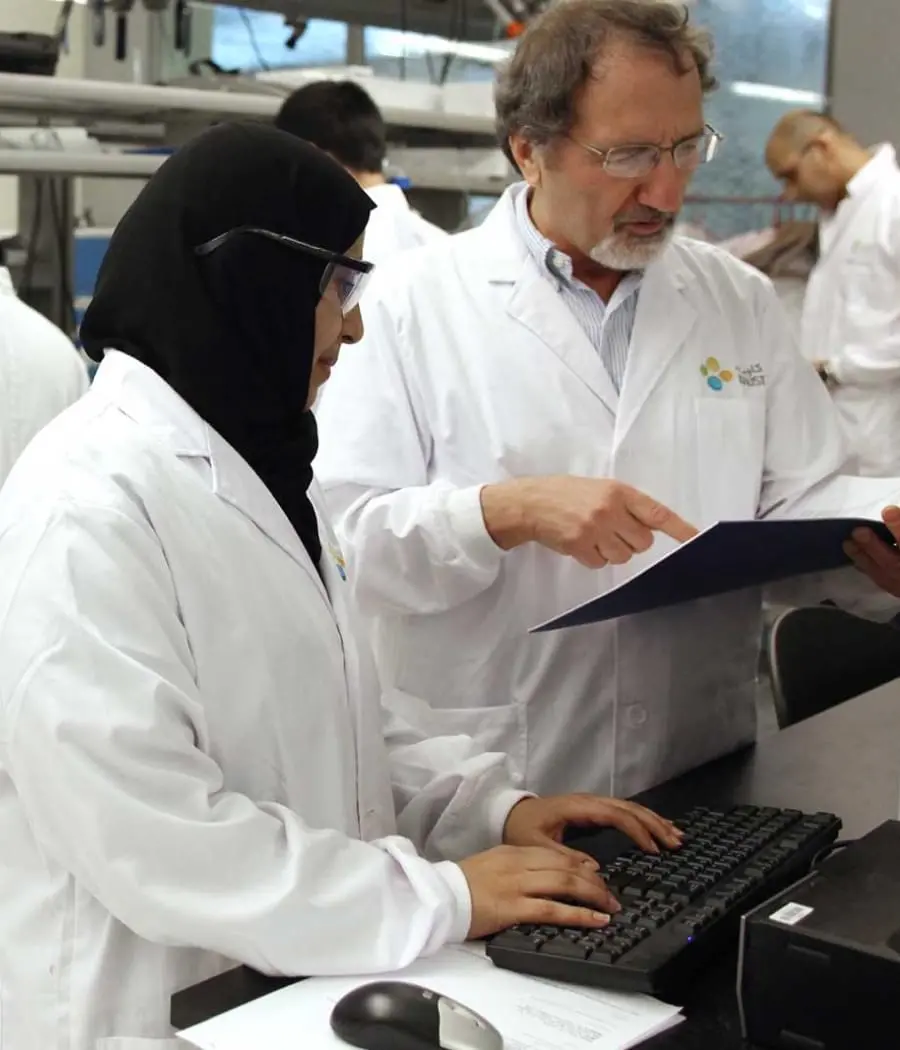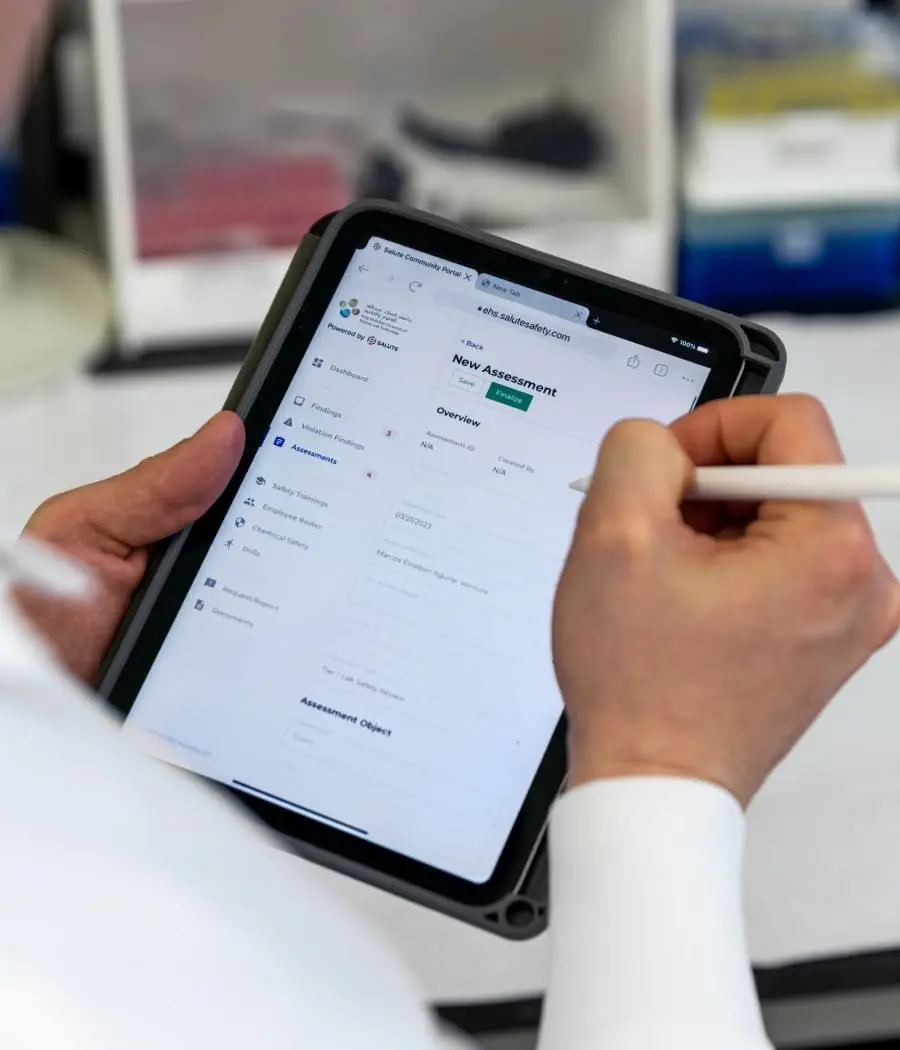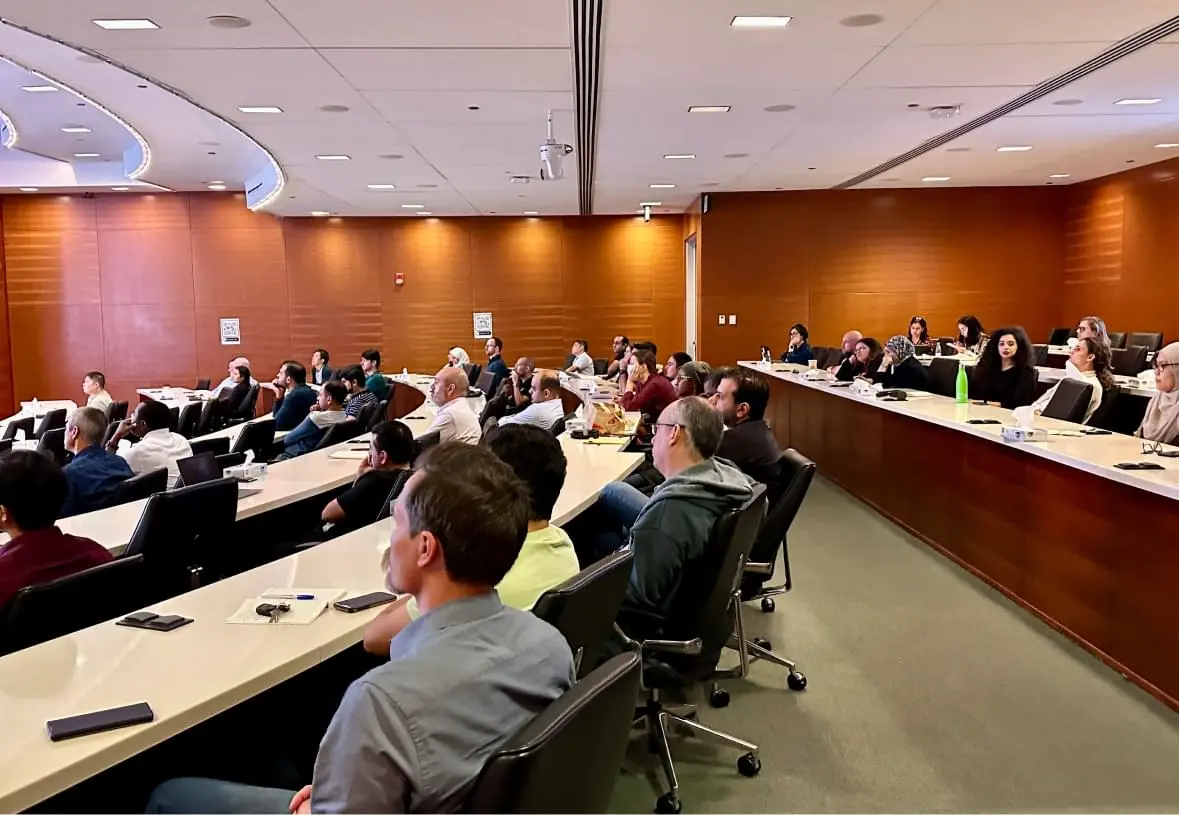




Quick Links:


Welcome Lab Safety Representatives (LSRs)! Thank you for serving as the HSE contact and safety coordinator for your laboratory. You are the eyes and ears that help extend the safety network across the campus and you are encouraged to ask for HSE support with any safety or compliance issue identified in your lab. Your support is critical in maintaining a safe laboratory work environment. Please do not hesitate to contact HSE (HSE@kaust.edu.sa) with any questions, comments, or concerns you may have. We welcome your input.
The Laboratory Safety Representatives (LSR), is designated by the Principal Investigator (PI) to assist in implementing and managing the health and safety programs for the lab operation and acting as the primary liaison for safety in the laboratory and with HSE.
Note that Mathematics and computational type groups are exempted from this requirement if the faculty does not have a lab. The appointment of a safety representative does not diminish the responsibilities of the department head, lab manager, and/or faculty or the primary responsibility of every individual for maintaining health and safety standards inside the laboratory. A description of the LSR roles and responsibilities is given below, the LSR can also delegate some of these responsibilities to other lab users (e.g. chemical inventory, etc.):








An emergency can create a variety of hazards for workers in the impacted area. Preparing before an emergency incident plays a vital role in ensuring that employers and workers have the necessary equipment, know where to go, and know how to keep themselves safe when an emergency occurs. To help with emergency preparedness the LSR can assist with the following:

Congratulation on becoming an LSR for your lab! By becoming an LSR you are broadening your skill set to include the safety component.
Once you have been appointed as LSR by your faculty, you should:

KAUST Health, Safety and Environment has acquired Salute, a new web- based safety management system. Salute contains many modules such as safety training, risk assessments, assessments, incident reporting, and many others that will allow for the management of all HSE needs. By implementing this system our goal is to further improve the safety culture here at KAUST by having more active participation in safety programs.
All safety training can be completed via our online training portal (Salute). Some training sessions are also offered as live sessions and more information can be found on the Research Safety Training webpage.
Individual labs or centers can also request on-demand live session training for any of the training offered online if there are at least 5 participants. You can raise a request by emailing us at HSE@kaust.edu.sa.
Each laboratory is required to keep track of the purchase, use, and disposal of chemicals via the Salute Chemical Inventory. To obtain access to the chemical inventory of your lab you must complete the Chemical Inventory Training (live sessions). For more information, please visit the Chemical Inventory webpage.
Any safety concern, near-miss, incident, or accident should be reported via our safety management system via the event report so HSE can investigate and help improve the safety in the laboratory. To raise a concern or incident please click Salute Online Reporting.
Regular safety assessments of the lab will be carried out and record kept on our safety management system (Salute) as detailed below:
The Lab Safety Forum (LSF) meetings are held regularly. The purpose of these meetings is to provide a forum for LSRs to receive information and to network with others in a similar role. Agenda items vary with each Forum.
If you have any suggestions for future topics, please send an email to hse@kaust.edu.sa.


KAUST lab members are encouraged to broaden their safety knowledge by taking diverse courses related to lab safety offered by the Department of Health, Safety, and Environment. The Research Safety Certificate has been created to recognize the efforts of these individuals and reward their commitment to improve the safety culture.
The eligibility criteria for this certification are as follows:
To apply for the Certificate Click Here